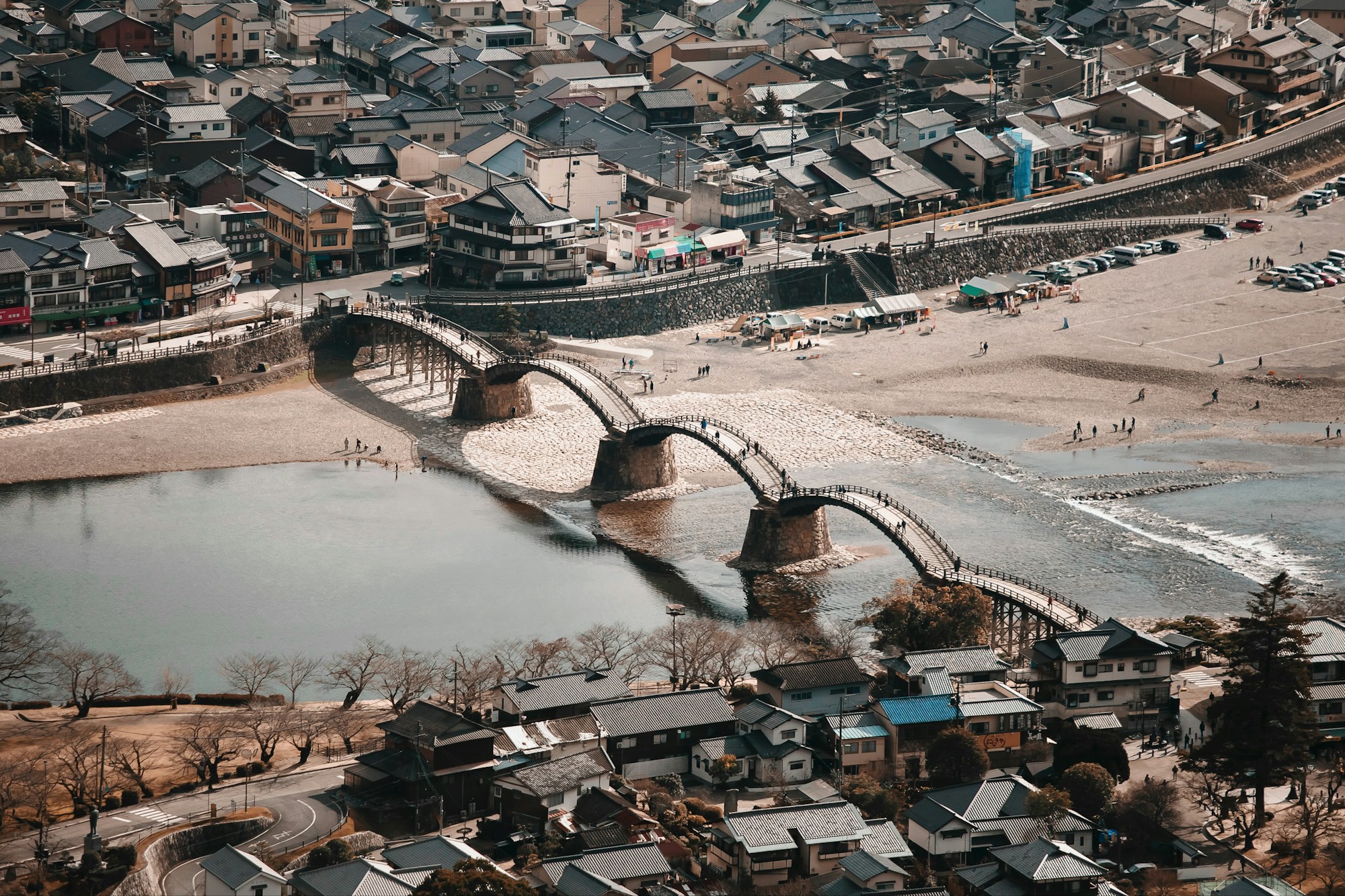Iwakuni's Ideal Weather & Seasons: Best Time to Visit

Iwakuni's Ideal Weather & Seasons: Best Time to Visit
Located in the southwestern part of Japan, Iwakuni offers a stunning blend of natural landscapes, historical sites, and vibrant culture. To make the most of your visit, it's important to consider the weather and seasons in this region. From cherry blossom showers to warm summers and colorful autumn foliage, each season in Iwakuni has its own unique charm. Let's explore the best time to visit Iwakuni based on its ideal weather and seasons.
Spring (March - May)
Spring is one of the most popular seasons to visit Iwakuni, thanks to its pleasant weather and iconic cherry blossoms. The average temperature during spring ranges from 10°C (50°F) to 20°C (68°F). In March, you might still experience some cooler days, while April and May see a milder climate.
During this period, the cherry blossoms adorn the city, especially along the scenic Kintaikyo Bridge and at Kikko Park. The Sakura Festival, usually held in early April, is a major highlight where locals and visitors gather to celebrate the blooming of cherry blossoms.
Summer (June - August)
Summer in Iwakuni is hot and humid, with average temperatures ranging from 25°C (77°F) to 30°C (86°F). July and August are the wettest months, with occasional rain showers and typhoons. Despite the humidity, summer is a great time to explore Iwakuni's outdoor attractions and coastal areas.
One popular summer event is the Kintai Festival, held in late July. This energetic festival features traditional music, dance performances, and a vibrant fireworks display over the Nishiki River.
Fall (September - November)
Autumn in Iwakuni offers a picturesque landscape with vibrant hues of red, orange, and yellow. The pleasant temperatures range from 15°C (59°F) to 25°C (77°F), making it a comfortable time for outdoor activities.
November is particularly known for the autumn foliage, and the Kikko Park is a great spot to witness the stunning colors. Don't miss the Autumn Leaves Festival, which takes place throughout the month and showcases the beauty of the changing leaves.
Winter (December - February)
Winter in Iwakuni is relatively mild, with temperatures ranging from 5°C (41°F) to 15°C (59°F). While snowfall is rare, it can occur occasionally. Winter offers the advantage of fewer tourists, giving you the opportunity to explore Iwakuni's attractions in a quieter ambiance.
The New Year's celebrations in Iwakuni are a delightful experience. Many temples and shrines hold special events, and you can enjoy traditional Japanese cuisine and cultural performances during this festive season.
| Month | Season | Humidity | Temperature (°C) | Sun (hours/day) | Rain (mm) |
|---|---|---|---|---|---|
| March | Spring | High | 10-15 | 5-6 | 100 |
| April | Spring | Medium | 15-20 | 6-7 | 130 |
| May | Spring | Medium | 18-23 | 7-8 | 160 |
| June | Summer | Medium | 20-25 | 6-7 | 180 |
| July | Summer | High | 25-30 | 5-6 | 200 |
| August | Summer | High | 25-30 | 5-6 | 200 |
| September | Fall | Medium | 20-25 | 6-7 | 180 |
| October | Fall | Low | 15-20 | 6-7 | 130 |
| November | Fall | Low | 10-15 | 5-6 | 100 |
| December | Winter | Low | 5-10 | 4-5 | 80 |
| January | Winter | Low | 5-10 | 4-5 | 80 |
| February | Winter | Low | 5-10 | 4-5 | 80 |
Overall, the best time to visit Iwakuni depends on your preference. Spring offers cherry blossoms, summer allows for outdoor activities, autumn showcases beautiful foliage, and winter offers peace and tranquility. Plan your visit accordingly to experience the season that suits you best and enjoy all that Iwakuni has to offer.
